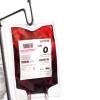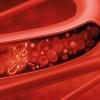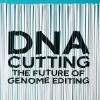Editor Andrew Blann outlines the content of the summer issue of the journal.
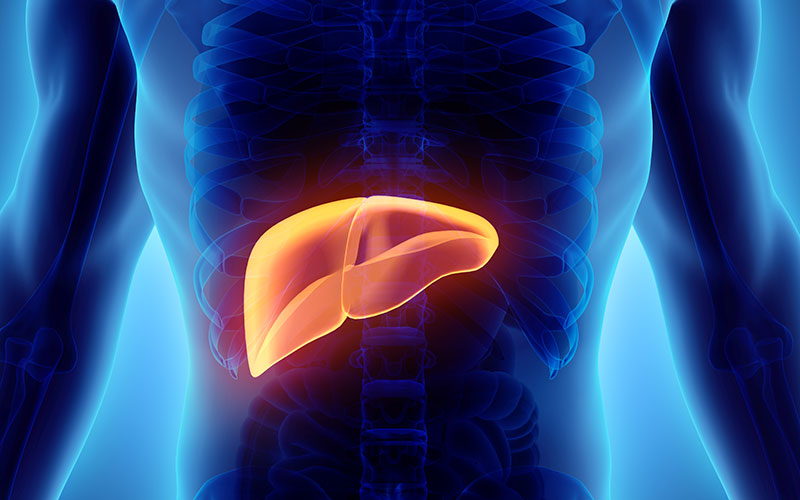
One of the problems with traditional blood science is the tendency to view any one particular result in isolation. Two papers demonstrate the value of combining markers for the assessment of liver fibrosis. Attallah et al (pages 105-110) looked at a combination of PDGF, albumin and age, finding it to be superior to a combination of AST and the platelet count. Similarly, Lu et al (137-142) reported the Gamma GT to platelet ratio to be valuable, surpassing the predictive value of the AST to platelet ratio, and also FIB-4, a score derived from age, AST, platelets and ALT. There is ample scope for scores of this nature in both diagnosis and management.
Oncology
Three papers reported advances in oncology. Li et al (111-116) found that levels of serum miR-25 had a receiver operator characteristic area under the curve of 0.62 (95% CI 0.53-0.69, p<0.001) in diagnosing non-small cell lung cancer, and that low levels were linked to overall and relapse-free survival. Abbas and colleagues (117-121) showed that certain SNPs in genes for DNA repair genes are linked to cervical cancer, whilst Li et al (147-149) reported that tissue levels of long non-coding RNA of XIST (a product of XIST [X-inactive specific transcript] that regulates X chromosome inactivation) were higher in those with advanced disease and with lymph node metastases. Perhaps one day all these markers will enter routine clinical practice.
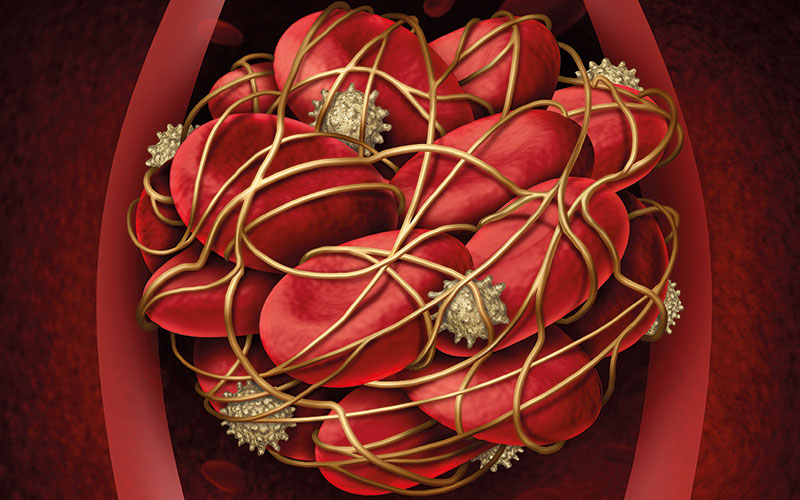
Haematology
Haematologists (or, some specifically, clotologists) are accommodated by the work of Kin et al (122-128), who provide evidence of the value of a rivaroxaban-specific normalised ratio, which effectively minimises inter-thromboplastin variability in assessing the anticoagulant effect of that drug. Despite the advantages of these new oral anticoagulants, warfarin is still in common use, with a wide range of doses from 0.5mg/day to 20mg/day. Gopisankar and colleagues (150-152) show that a SNP in ABCB1 (which codes for P-glycoprotein, extensively distributed and expressed by intestinal epithelium where it exports xenobiotics back into the lumen) is a determinant in the daily dose of warfarin, which varies by 20%, depending on genotype.
Antibiotics
The search for new antibiotics is important. Pitt and colleagues extend their earlier work in the journal (Pitt et al, 2015:73;49-50) with further characterisation of an antibiotic they have isolated from mucus of the brown garden snail (Cornu aspersum), harvested from the fields and gardens of leafy Sussex (pages 129-136). Certain proteins are effective in agarose plate growths of Pseudomonas aeruginosa. It remain to be seen whether these molecules are effective in vivo, but now we know more about their molecular profile.
Lymphomas and diabetes
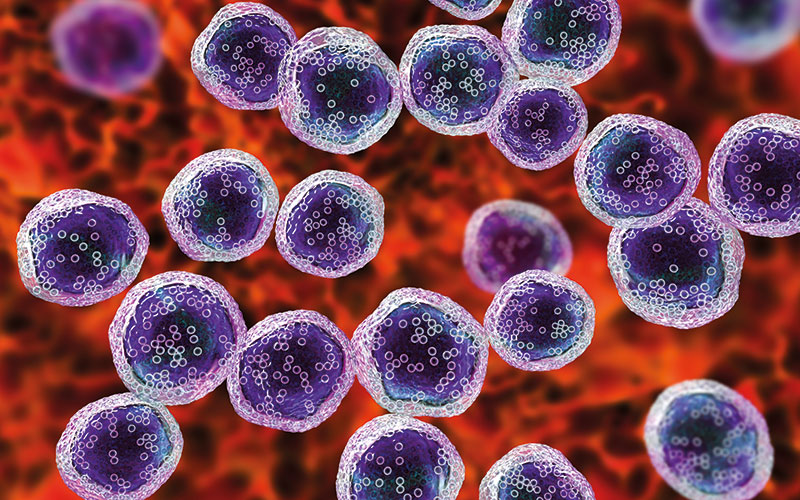
The demonstration of specific nucleic acids in fixed tissues is demanding. Warford and colleagues (143-146) show that low copy mRNA can be demonstrated in formalin-fixed paraffin-embeded samples using the branched DNA in-situ hybridisation method, and has the potential to be used alongside immunocytochemistry for the demonstration of light chain restriction in follicular lymphomas. The issue concludes with a study by Abbass et al (153-155), who looked at three complication of diabetes – nephropathy, hypertension and dyslipidaemia. They hypothesised that SNPs in GSTP1, coding for glutathione transferase, an enzyme linked to anti-oxidation, would be linked to these conditions. However, the results of their well-powered study of 370 diabetics failed to confirm their hypothesis, so they concluded that GSTP1 genotype is unrelated to three of the major complications of this important disease.
CPD
In common with previous articles, any of the above may be the subject of Journal-based learning.
Andrew Blann is the Editor of the British Journal of Biomedical Science.
Image credit | iStock

